This article contains collapsible sections with activity materials, instructions, and additional resources. Use the expand/collapse buttons to view each section.
Activity Content Sections
Click to expand or collapse the materials needed section


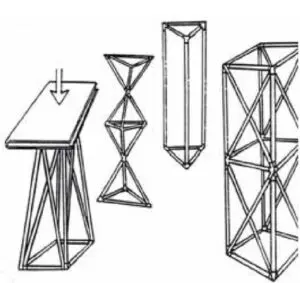 Divide the class into groups and distribute materials. Introduce the activity and discuss the constraints for their framework:
Divide the class into groups and distribute materials. Introduce the activity and discuss the constraints for their framework: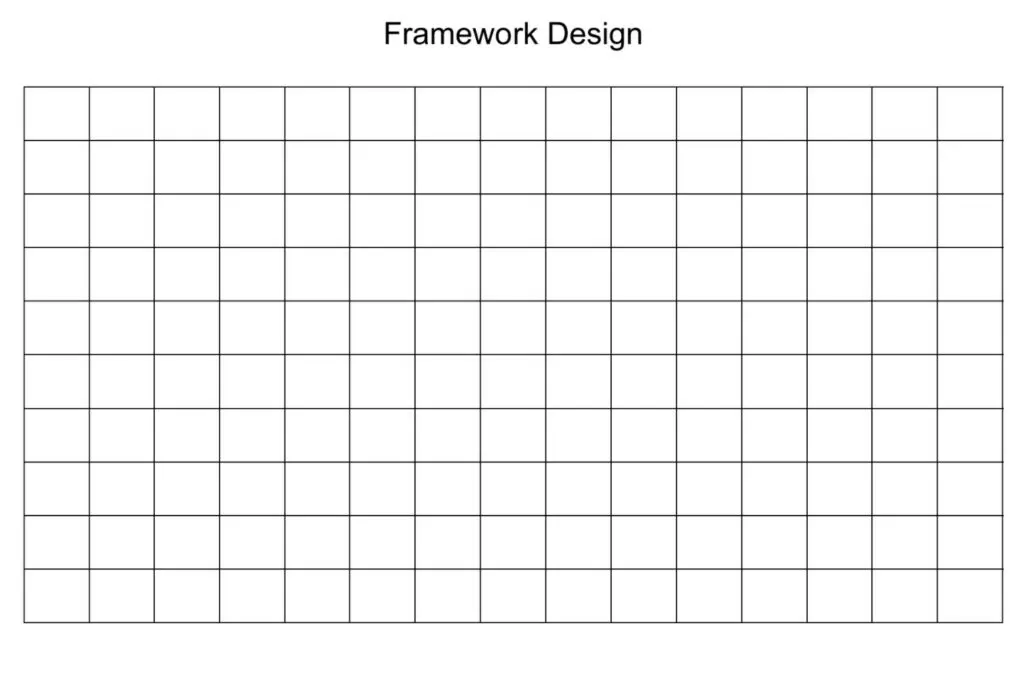
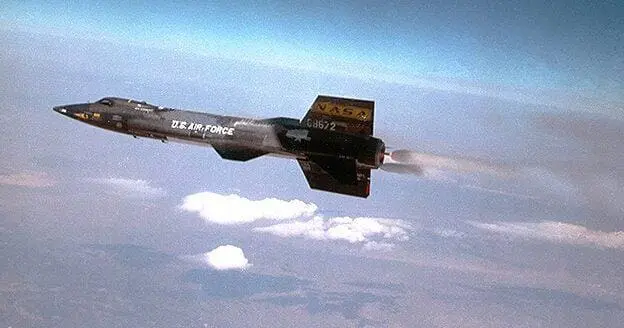
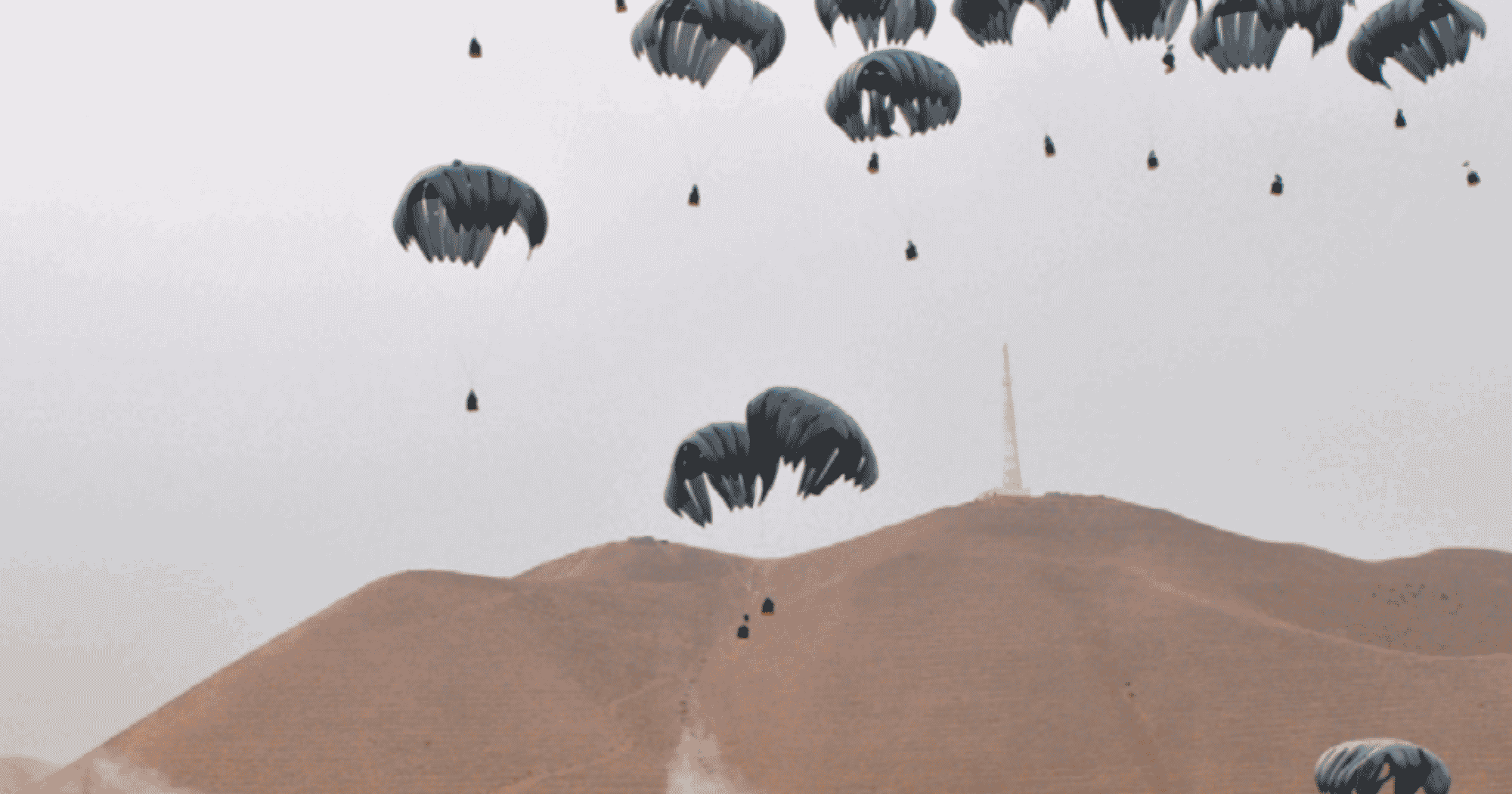
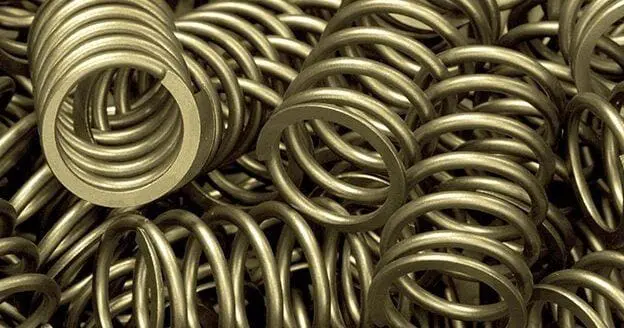
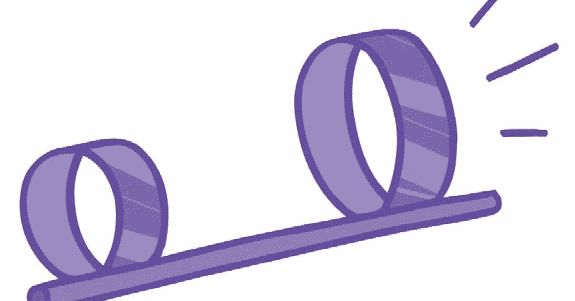

Leave feedback form
Thank you! Your submission is processing.